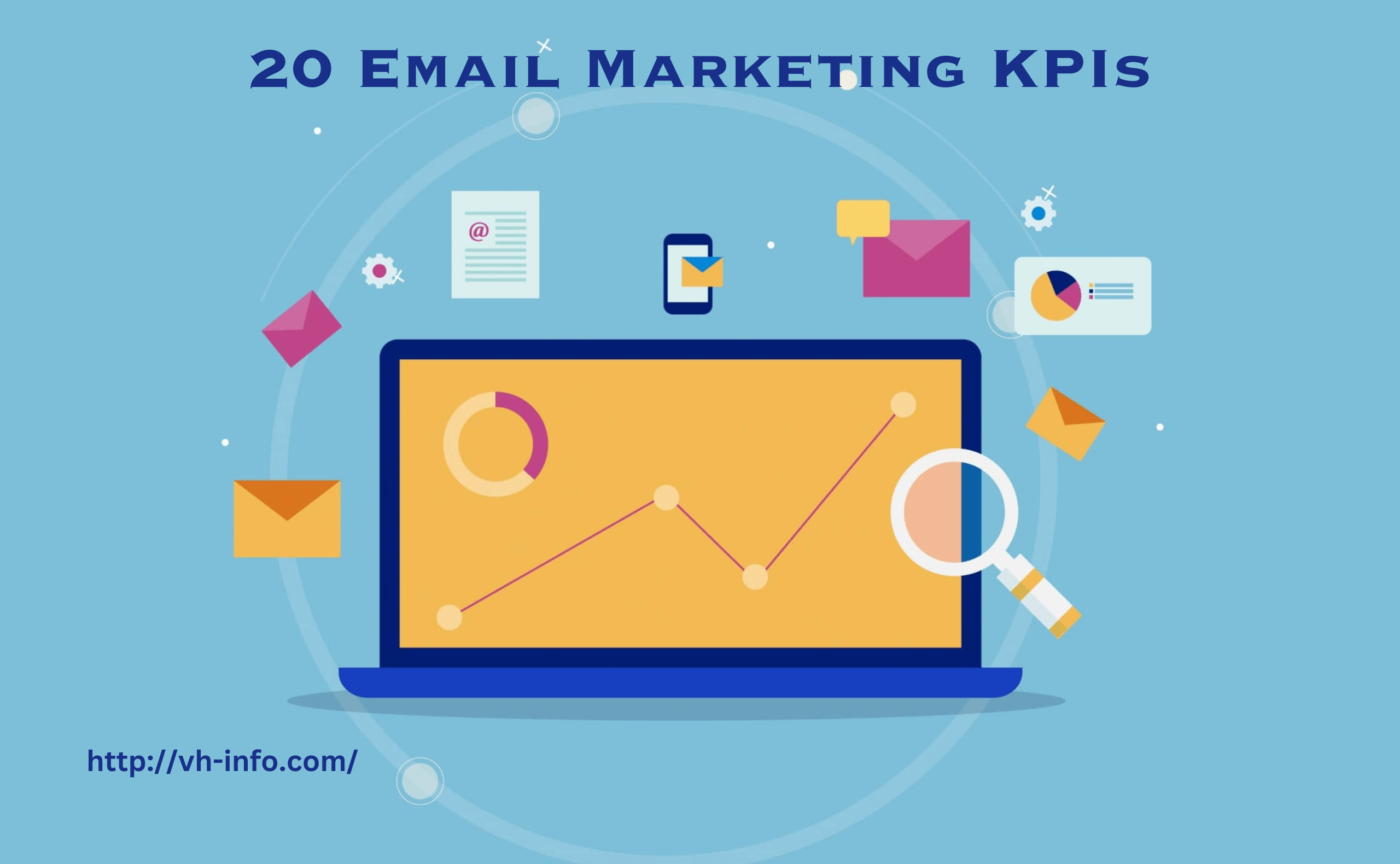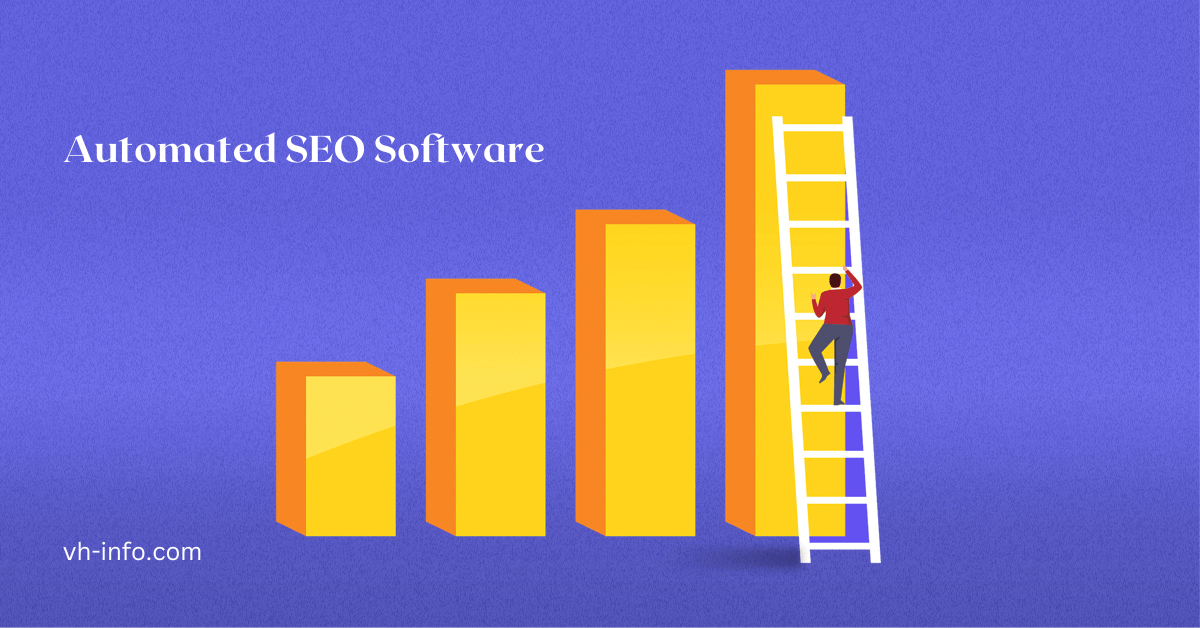
20 Email Marketing KPIs You Need To Track Performance
Email Marketing KPIs With so many metrics to track, it gets challenging for email marketers to determine which ones truly

20 Email Marketing KPIs You Need To Track Performance
Email Marketing KPIs With so many metrics to track, it gets challenging for email marketers to determine which ones truly

The Role of Social Media in College Recruitment: What You Need to Know
As a college recruiter, I have personally witnessed the advancement of hiring practices throughout time. The landscape of college recruitment

The Future of Digital Real Estate: 13 Features & Benefits.
Introduction of Digital Real Estate The real estate industry is undergoing a digital transformation, with advancements in technology reshaping the

Top Ways Automated SEO Software Can Help Improve Your Website’s Ranking
Maximizing Your SEO Potential: 5 Key Benefits of Automated SEO Software Any effective digital marketing strategy must include search engine
WHAT WE
3rd floor, VHinfo, QRXG+CG9 Capital Market, Canal Rd, chokdi, Ravapar, Morbi, Gujarat 363641
VH-info © 2025 | All Rights Reserved